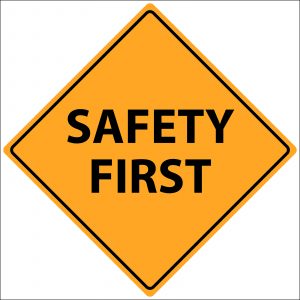
|
Name |
Position |
Room No. |
|
Phone |
|---|---|---|---|---|
|
Dr. Chelvam Venkatesh |
Convener |
1A-722 |
cvenkat@iiti.ac.in |
3343 |
|
Prof. Suman Mukhopadhyay |
Member |
1D-305 |
suman@iiti.ac.in |
3328 |
|
Dr. Sampak Samanta |
Member |
1D-419 |
sampaks@iiti.ac.in |
3337 |
|
Head, Chemistry |
Member (Ex-officio) |
1D-404 |
hodchemistry@iiti.ac.in |
3125 |
|
DPGC, Chemistry |
Member (Ex-officio) |
1D-404 |
dpgcchem@iiti.ac.in |
3340 |
The Committee meets at least once a month followed by the inspection of the laboratories. The Committee also investigates and reports on all accidents in the department.